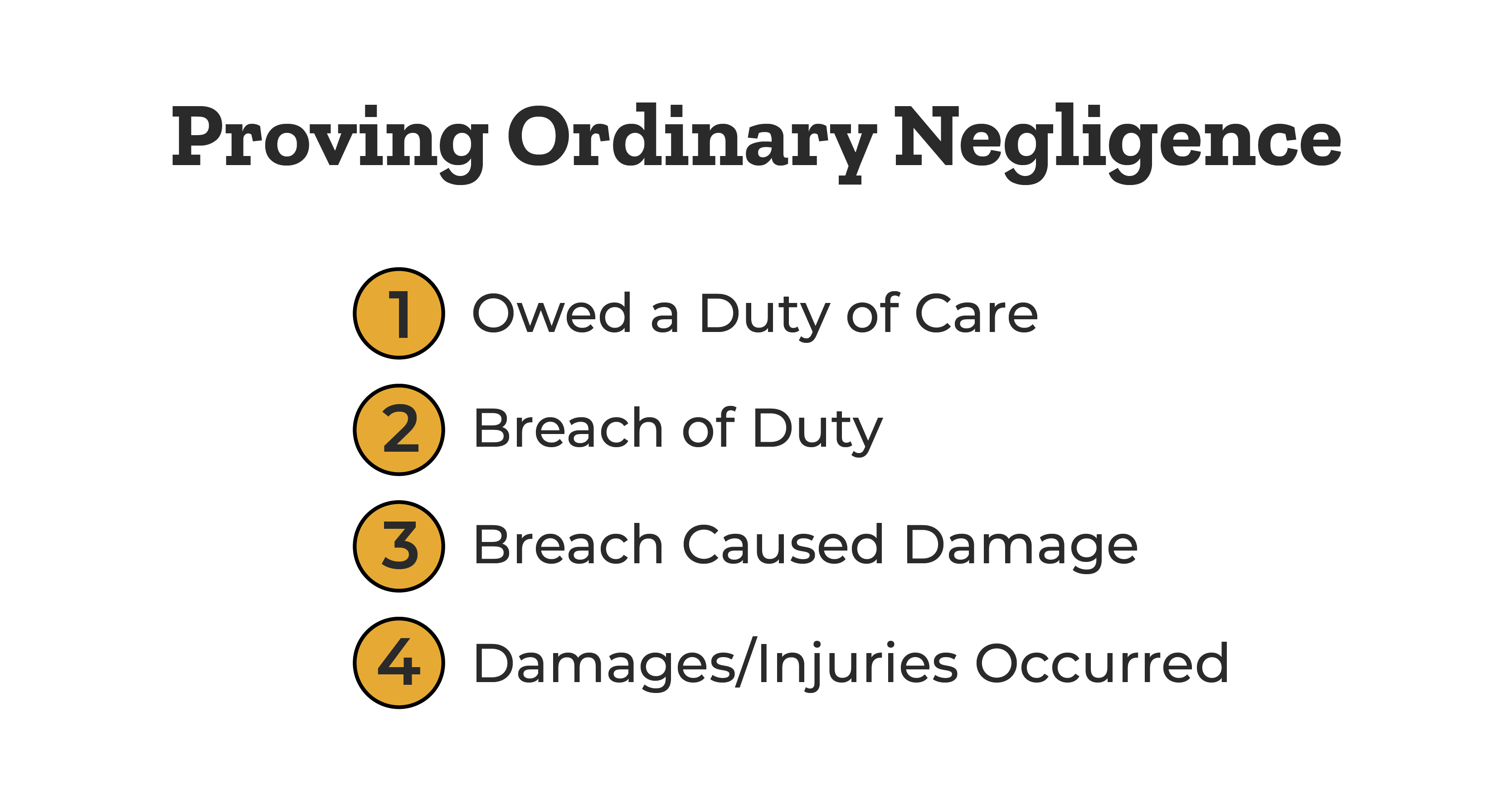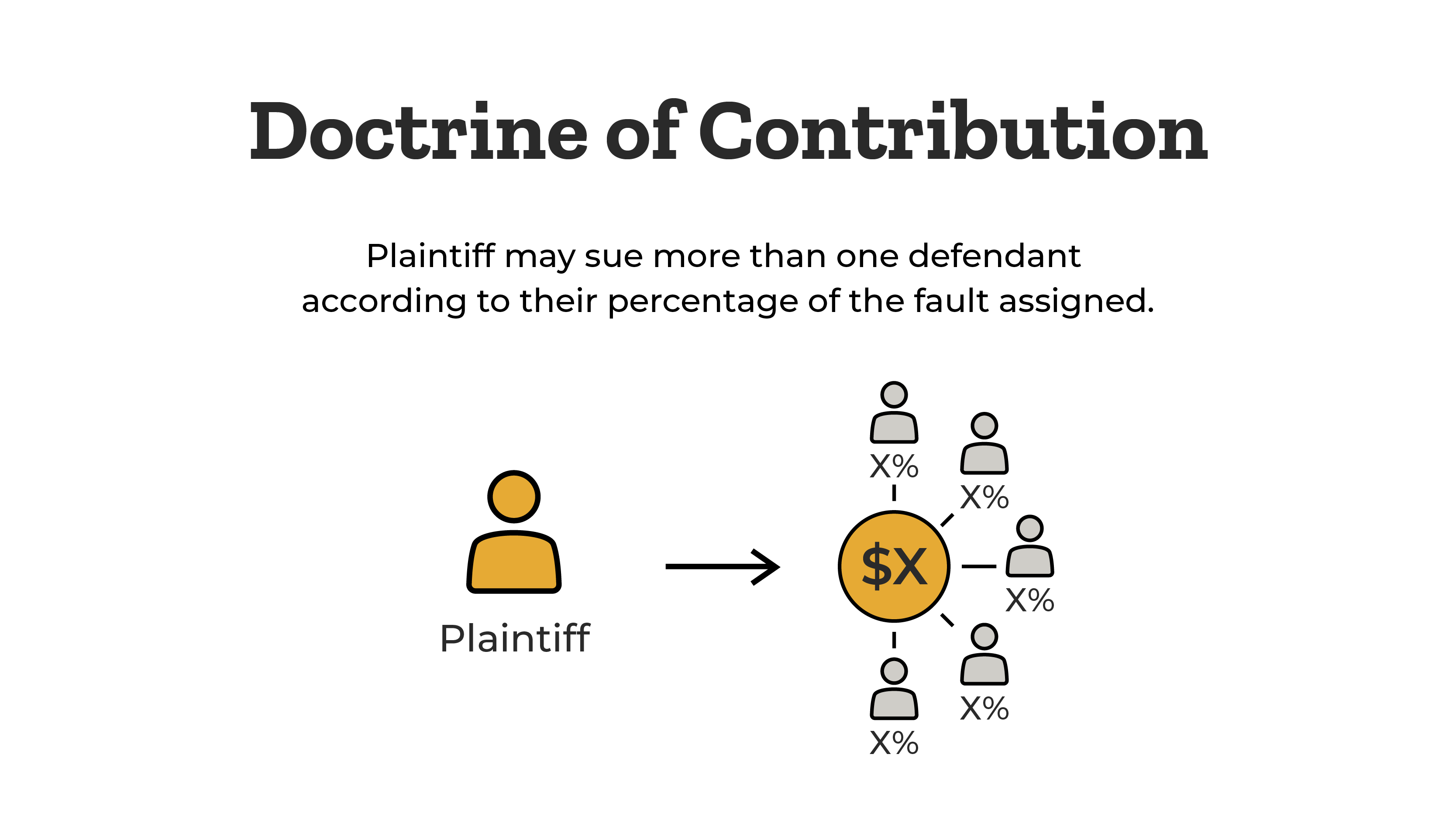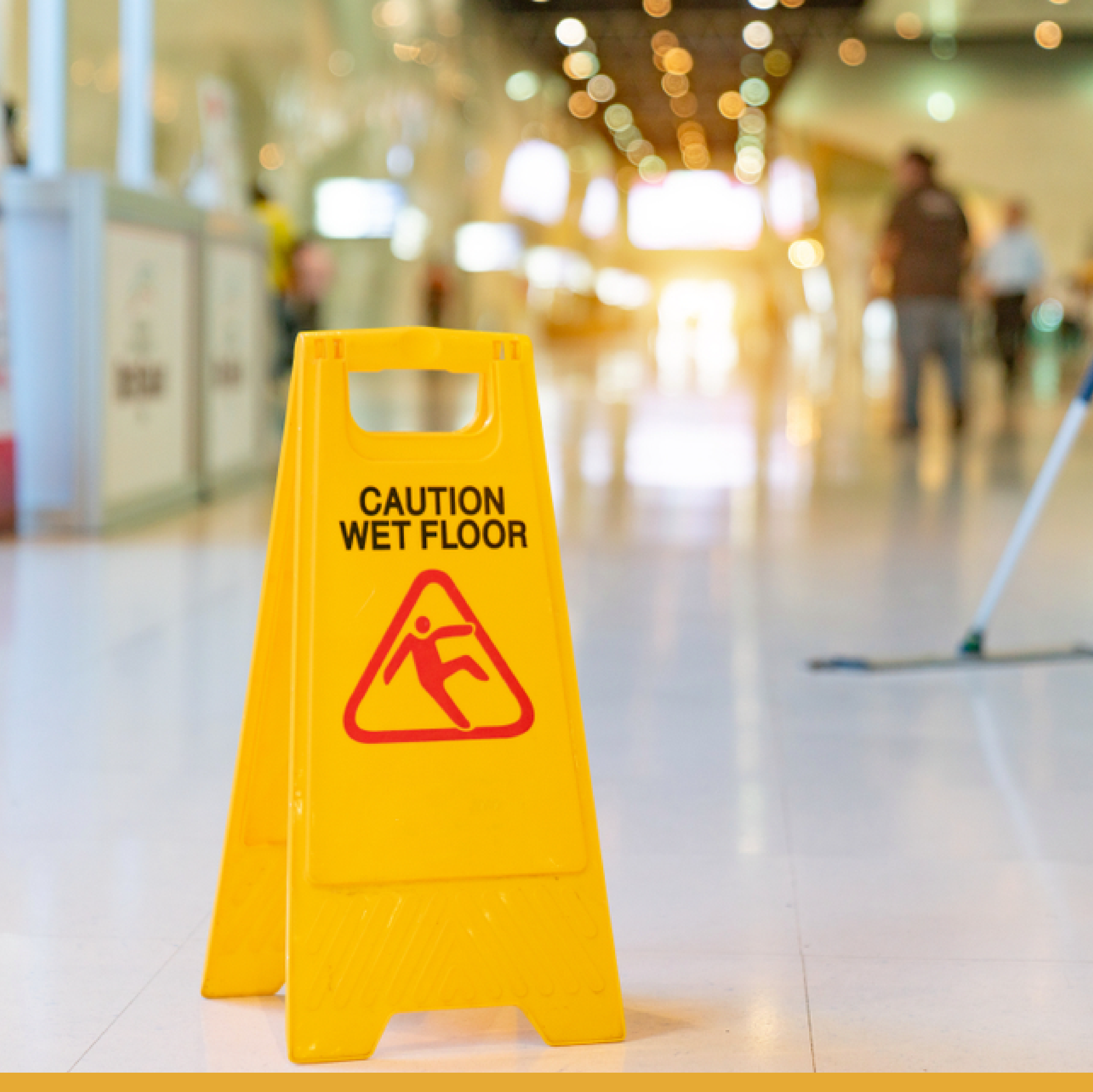Accidents occur in California every day, often resulting in damage to people and their property. These accidents – from car collisions to injuries on the job – cost the citizens of California significant losses year after year and might be the result of someone else’s failure to take the appropriate steps to protect others.
California has established laws designed to protect those people who are injured in these circumstances. California civil code broadly defines these situations as negligence and explicitly says, “Everyone is responsible, not only for the result of his or her willful acts, but also for an injury occasioned to another by his or her want of ordinary care or skill in the management of his or her property or person.” Essentially, California holds its citizens responsible for their conduct as it relates to public safety.
What Is Negligence?
There is more than one type of negligence recognized by California. To prove ordinary negligence, an injured person or organization (plaintiff) must prove four legal elements. They must prove that they were owed a duty of ordinary care (an obligation to take necessary precautions to prevent an injury), that the duty owed was breached (required precautions were not taken), that the plaintiff was affected by the breach, and that they were injured or harmed in some way. In negligence cases, California does provide a plaintiff with a trial by jury upon demand.

When proving that he or she was owed a legal duty, a plaintiff need only demonstrate that his or her injury was foreseeable (predictable as natural and likely a result of the defendant’s misconduct) given the nature of the defendant’s breach.
For example, if a defendant is dropping bowling balls over the side of an overpass bridge where oncoming traffic passes below, everyone who drives their car underneath that overpass could be (and are likely to be) injured by falling bowling balls. Thus, each of these drivers would be foreseeable plaintiffs owed a reasonable duty of care (to avoid throwing the bowling balls). A breach or nonfeasance is a failure on the defendant’s part to act in accord with the applicable standard of care owed to others. So the act itself of tossing the bowling balls into oncoming traffic would be a breach.
California law does not impose a duty on anyone to rescue others from their own peril. This is especially true when the person in need of rescue created the peril. So if one finds a person at risk of injury, the law does not require anyone other than appropriate authorities (e.g., paramedics) to come to their aid. In California, the good Samaritan rule protects rescuers from liability for damage caused during the rescue, unless the court finds that the rescuer also created an unreasonable risk of danger. A duty may be owed in other specific situations. For instance, if the parties have a special relationship, such as a parent and her children or if a duty has been imposed by a contract.
A duty to ensure the safety of others may also be specifically imposed in the language of a specific California statute. This duty is strictly limited to the classes of persons described in that specific law to protect them against the type of harm described in the statute. For example, California law imposes speed limits on public roads and highways. So duty is owed to all those who use public roads (pedestrians and motorists alike) in California. If a motorist was found to have been driving at an unlawful speed at the time of an accident, they might be liable for negligence per se. However, if a court determines that a defendant has committed negligence per se, California law does not automatically hold a defendant liable for ordinary negligence. Evidence of negligence per se may then be submitted to a jury when making an ultimate decision as to whether the defendant has committed ordinary negligence.
Plaintiffs must prove that the defendant’s misconduct caused the harm. California law goes a step further in that it specifies that the defendant’s misconduct be a substantial factor that contributed to the plaintiff’s injury in a concrete and nontrivial way. Specifically, the plaintiff has to prove that this was more likely true than not true. This is the standard that the law refers to as preponderance of the evidence. Intentional or reckless acts tend to carry heavier penalties, known as punitive damages. So they must be proven to an even higher standard, known as clear and convincing evidence.
A court or jury may find that multiple people contributed harm to a plaintiff. California law gives the plaintiff the option to sue one defendant for the entire amount or to sue more than one defendant according to their individual percentage of the fault, assigned by a jury, to the individual tortfeasors. This is known as the doctrine of contribution. A California defendant may defend himself or herself by demonstrating the ways in which the plaintiff contributed to his or her own injury. Accordingly, the defendant may seek to have the plaintiff’s recovery reduced in proportion to the percentage to which the plaintiff contributed to his or her own injury. This policy is referred to as comparative fault or comparative negligence. California is a pure comparative negligence state. This means that the plaintiff’s contribution to his or her own injury (as calculated by a jury) will be deducted from his or her final recovery, and the remaining percentage may be recovered from the defendant.

In negligence cases involving certain types of highly dangerous situations, liability may be automatically imposed, regardless of whether the defendant has committed ordinary negligence. This type of negligence application is known as strict liability. California law mainly recognizes three categories of these situations: abnormally dangerous activities (e.g., using explosives to demolish a building), wild and dangerous animals (e.g., trained attack dogs), and defective products that have been placed into the flow of commerce by a commercial seller or distributor. In cases involving the use of another person’s land, the highest duty is owed to customers conducting business on the property, or invitees. Less strict duties are also owed to people who simply have permission to use or be present on the premises. These persons are called licensees. No specific duty is owed to trespassers (those who physically invade another’s land without the owner’s permission, regardless of their knowledge of who owns the land). However, landowners may not intentionally harm trespassers, such as setting trips to injure, kill, or physically confine the trespasser.
Employers may be held vicariously liable for the negligence of employees acting in the scope of employment. For example, the employer of a delivery driver may be liable for a car accident that happened while the driver was making his deliveries. This theory of liability is known as respondeat superior, and it also does not provide recovery for intentional or reckless acts of employees. Doctors may be held liable for injuries to their patients that occurred in the course of providing medical treatment (e.g., during surgery). This type of personal injury claim is called medical malpractice.
Legal Representation
Many injured plaintiffs opt to hire a personal injury attorney to ensure that they are properly compensated for their losses. An injured plaintiff may hire an attorney or a law firm of his or her choice, but California will not provide an attorney at no cost for representation involving negligence cases. However, California does allow for an attorney to represent a person that has been injured, at no cost, until the attorney successfully recovers an award for the plaintiff’s injuries. In this case, the attorney may keep a contractually preset percentage of the recovery in what is called a contingency agreement, or contingency-based representation.
There are strict rules that personal injury attorneys must follow when making these agreements with their clients. For example, the agreement must be in writing and signed by the client before the representation may begin, and the associated fees must be reasonable (in certain cases, there may be statutory guidelines that generally must be followed when determining the reasonableness of attorney’s fees). The agreement must also disclose how the attorney’s fees are to be calculated, what other expenses are to be deducted, and when they are to be deducted. These types of agreements may not be made in cases of criminal negligence. If the attorney does not fully carry out the representation, the attorney must be paid for the work performed on the case up until the time that the representation ended. Attorneys may also provide a free consultation to review the facts of a specific case.
California courts award damages to plaintiffs to try to restore them to the position they were in before the injury happened by awarding payments for their losses. These types of awards are known as actual damages. In personal injury cases, plaintiffs may recover for medical expenses, pain and suffering, and lost wages and reduction in future earning ability. However, it is important to mention that plaintiffs who have only suffered economic losses may not recover for negligence. According to the economic loss rule, negligence requires some noneconomic loss, such as a personal injury or property injury. For example, if a defendant causes a business owner to lose customers without damaging the plaintiff’s person or property, the plaintiff must sue based on a different cause of action theory other than negligence.
In California, a defendant may subtract any funds paid to the plaintiff from his or her personal health insurance policy or other sources applied to the plaintiff’s recovery from the overall amount of damages awarded. The eggshell plaintiff rule dictates that cases involving plaintiffs who are particularly sensitive to an injury can recover for all damages resulting from their specific sensitivity, regardless of whether the defendant was aware of the plaintiff’s sensitivity. For example, a pregnant woman whose injury is worsened due to her pregnancy may recover for all her injuries, even if the defendant was unaware of the pregnancy when committing the offense.
California negligence law is aligned with long-standing, well-settled legal principles and the majority of other states’ laws. However, every negligence case is different. Thus, the application of the law to your specific case may be somewhat unpredictable. Consulting with a personal injury attorney may help you understand the appropriate steps to take when an injury happens to ensure that you have sufficient means to meet all of the specific needs that your health may require.

